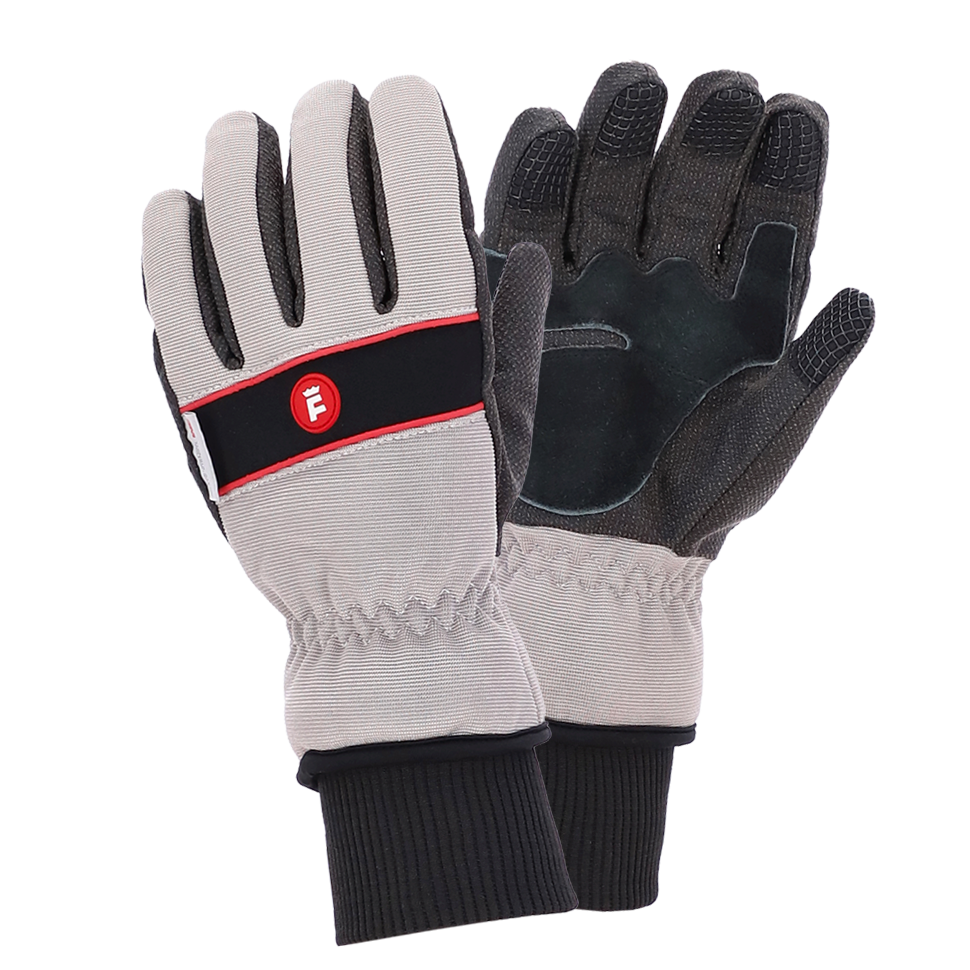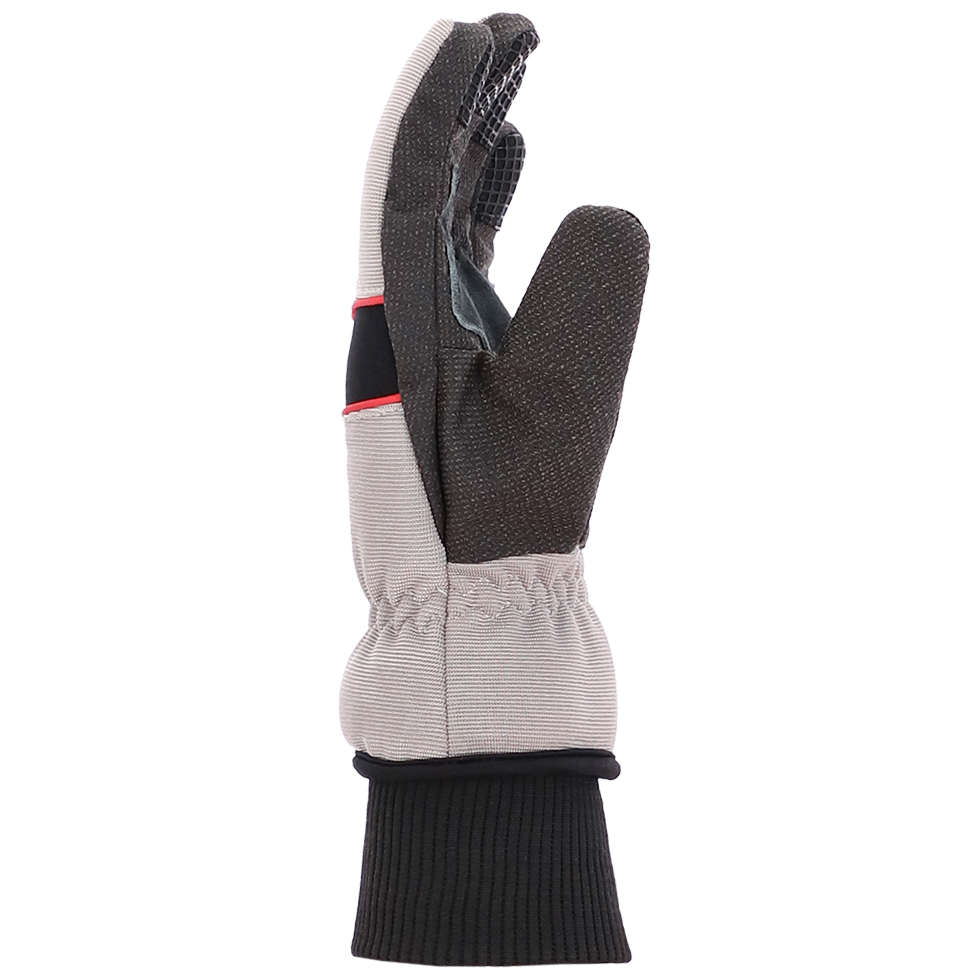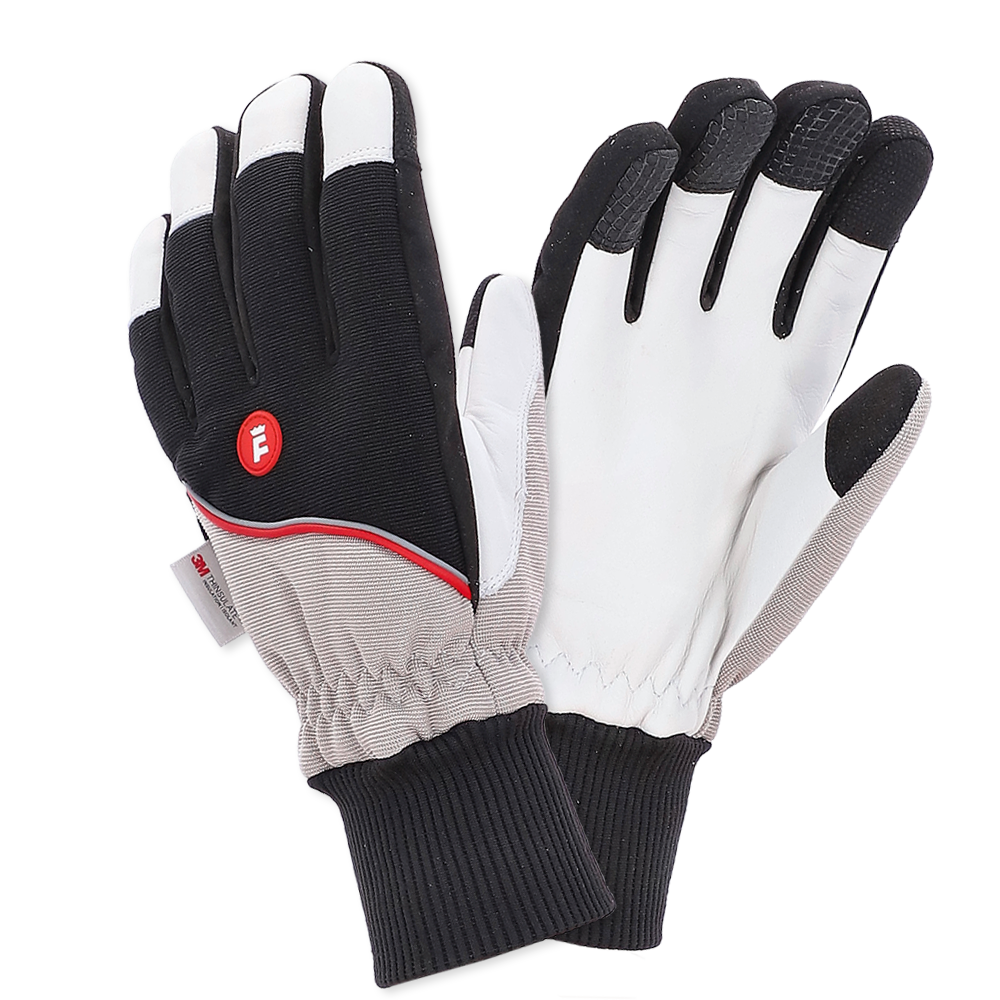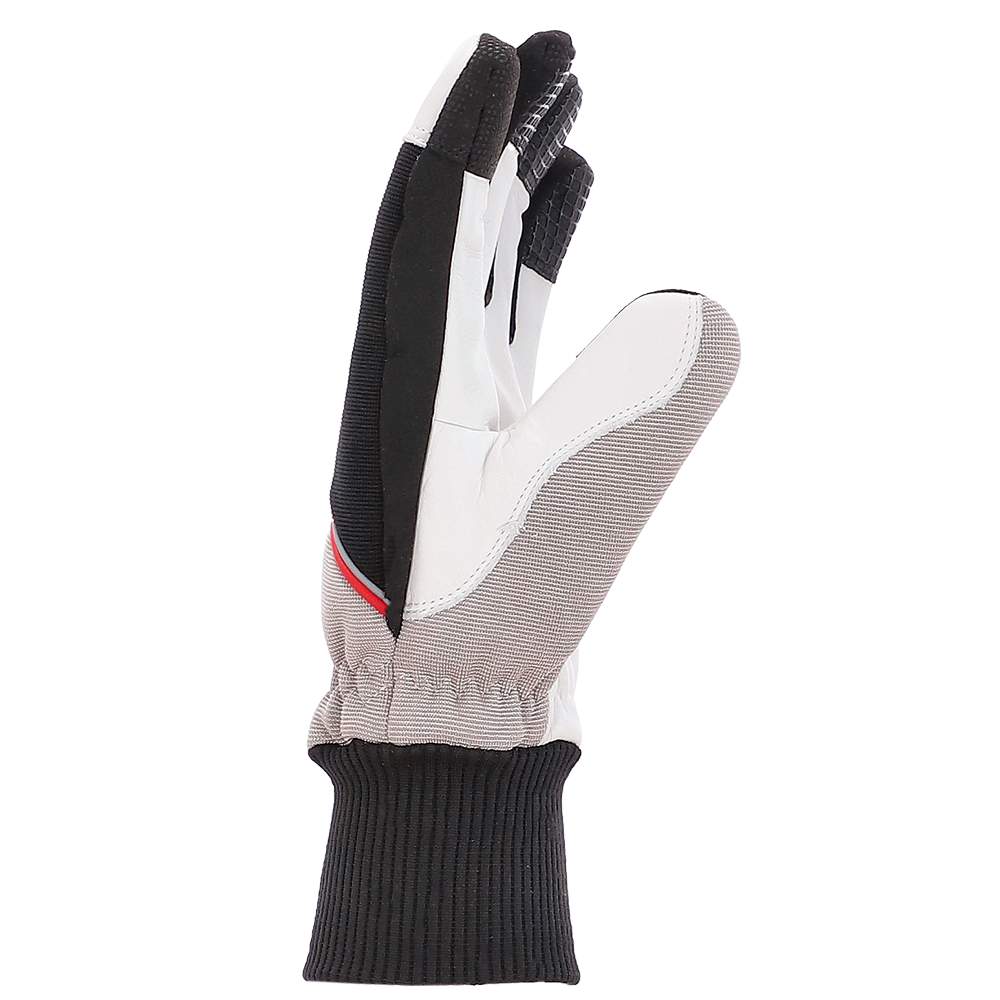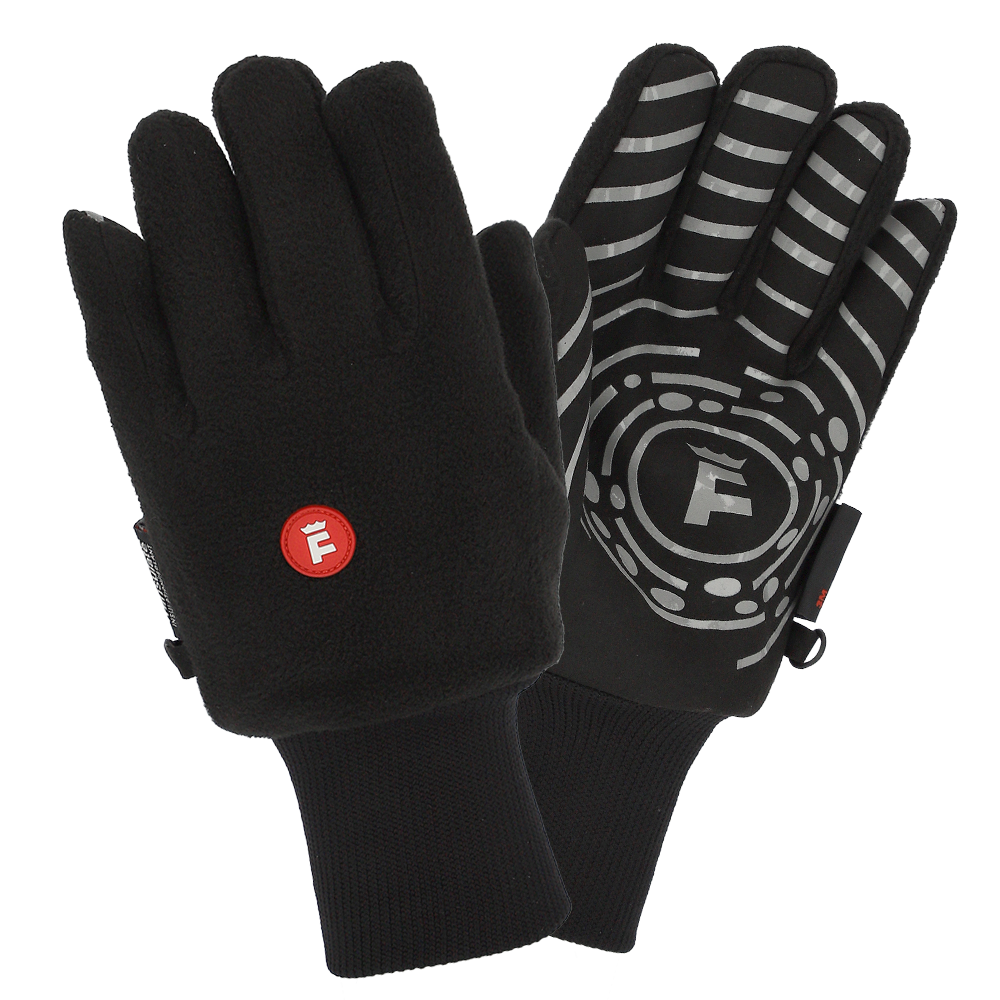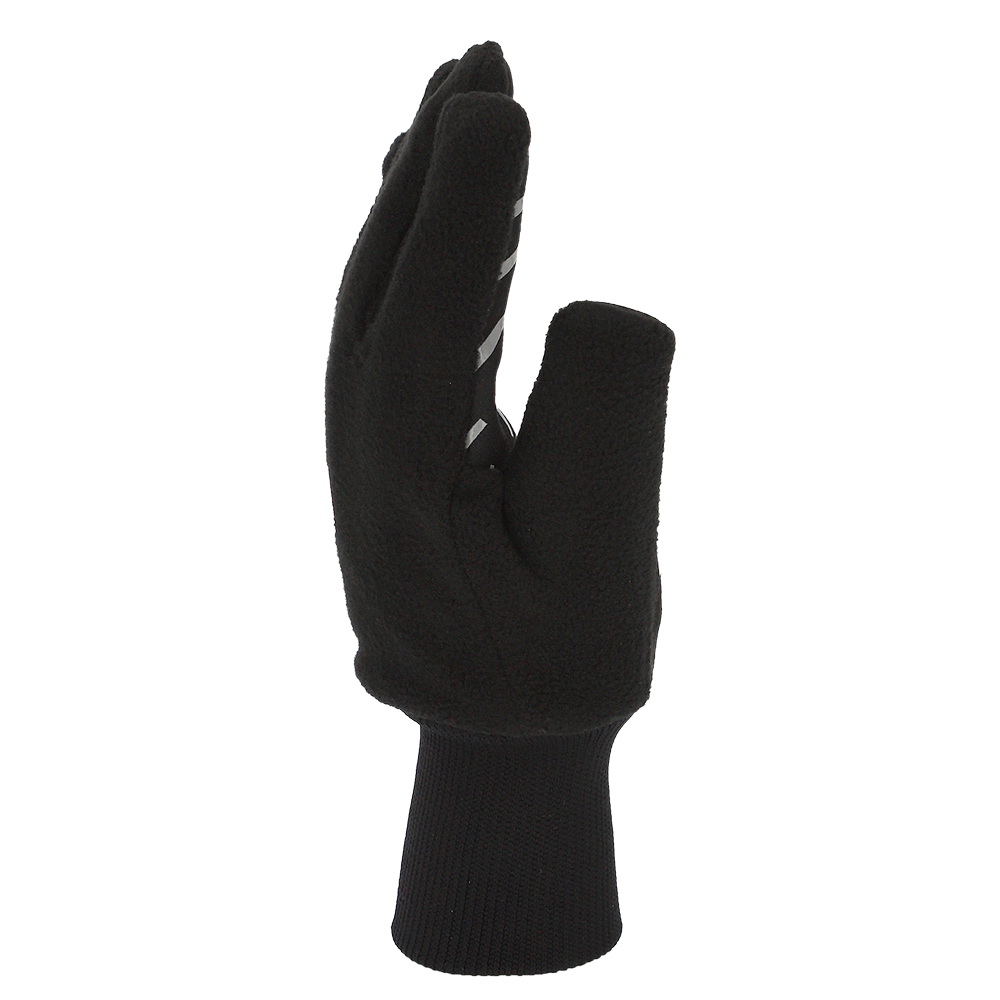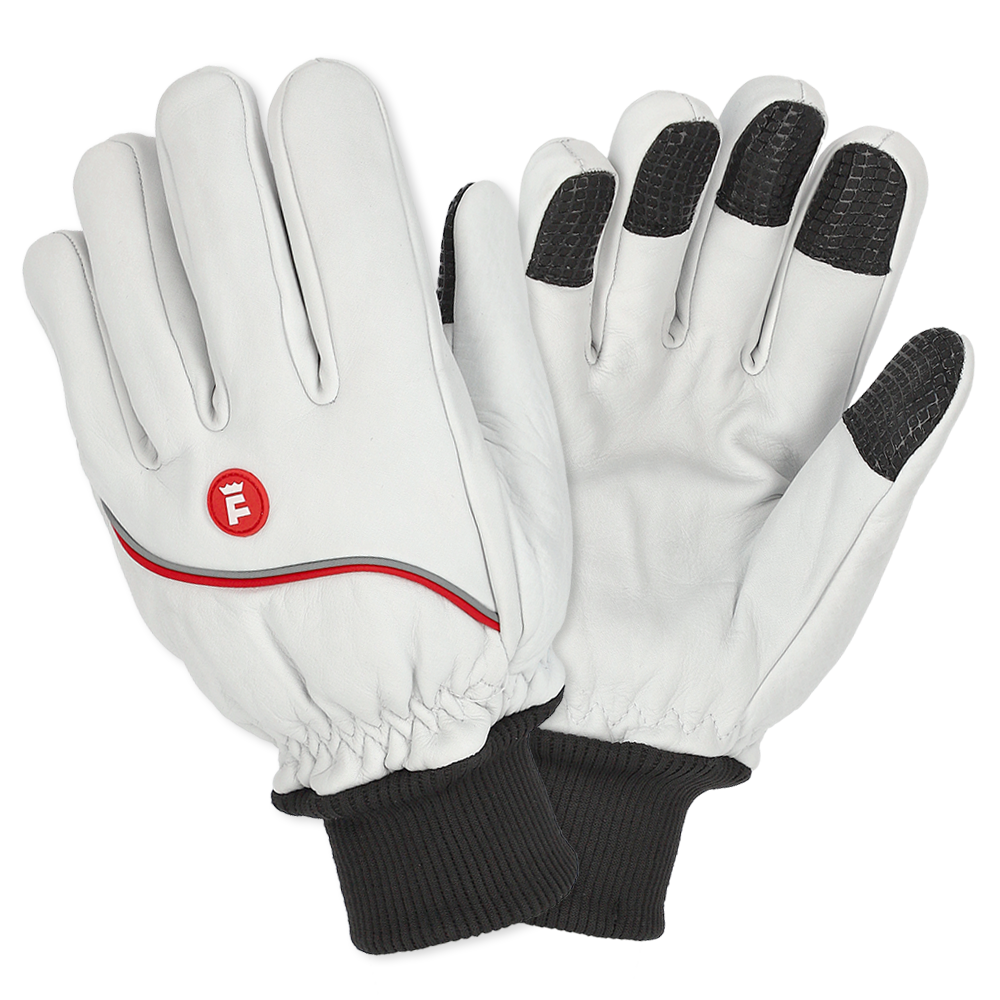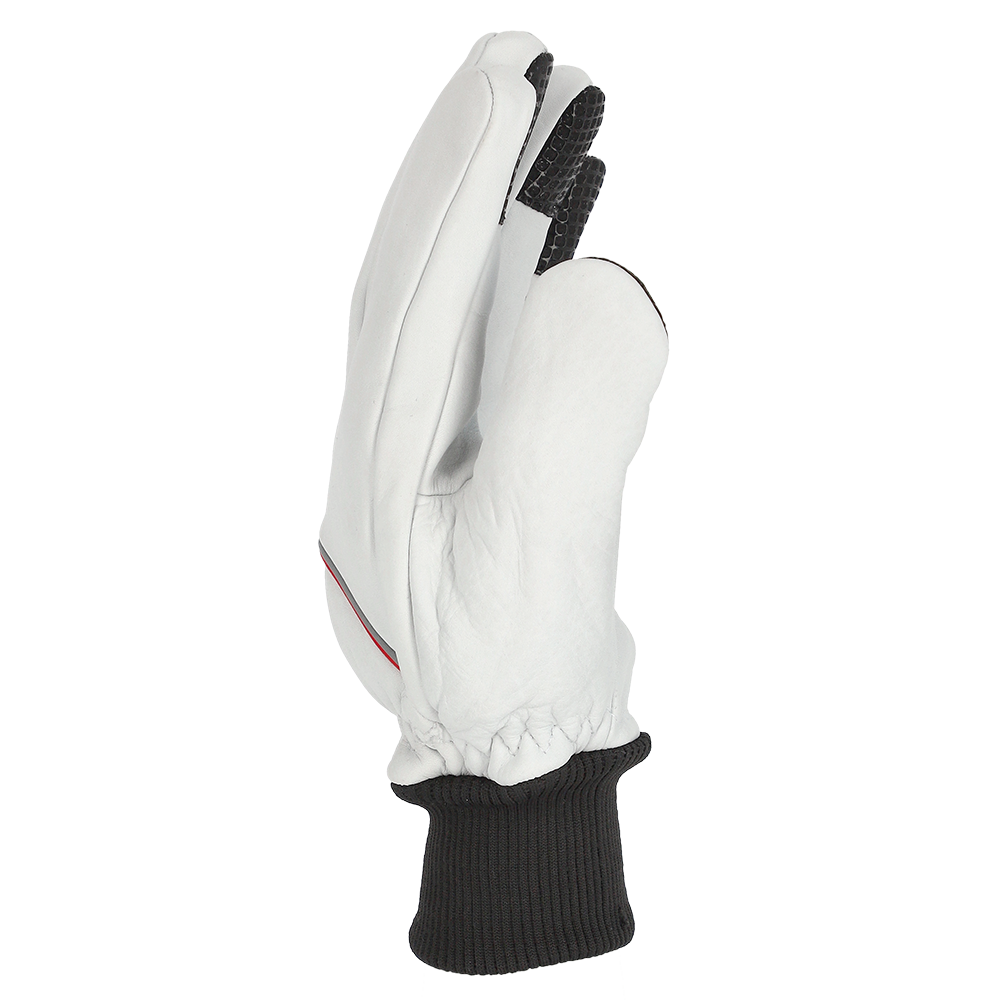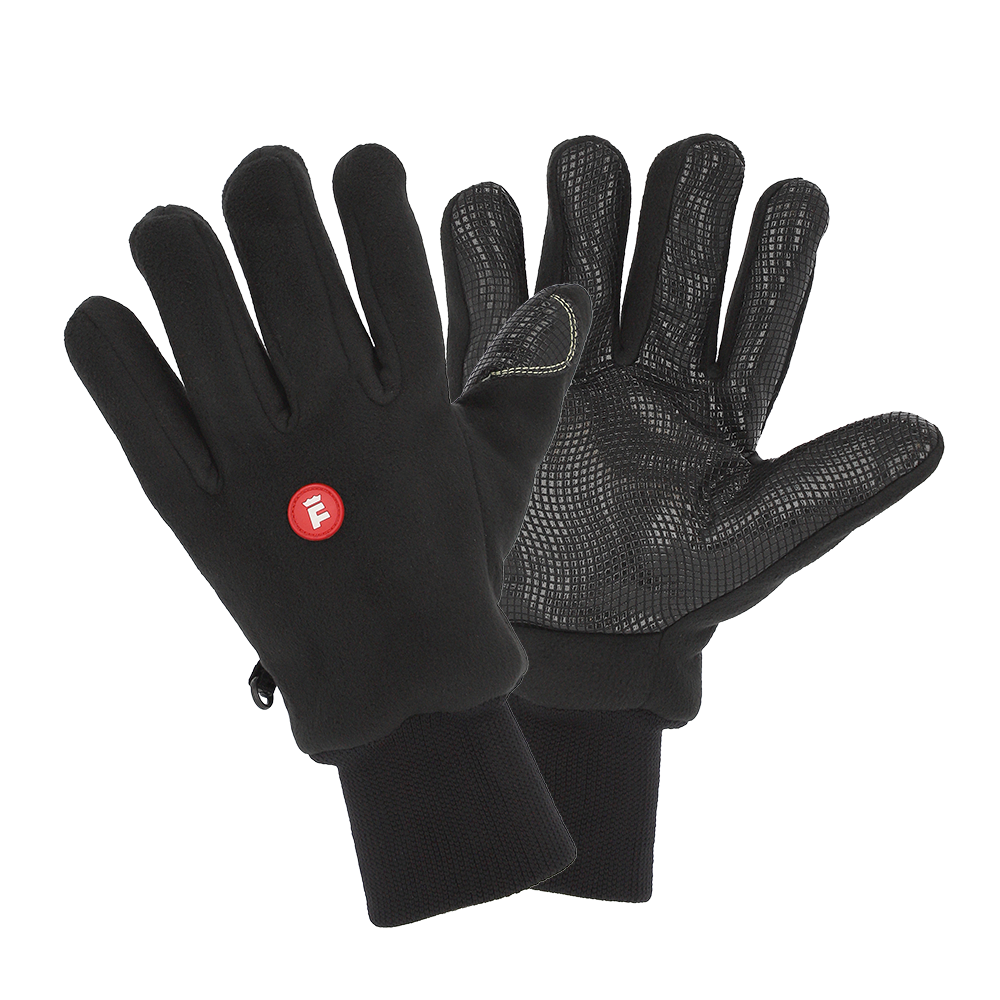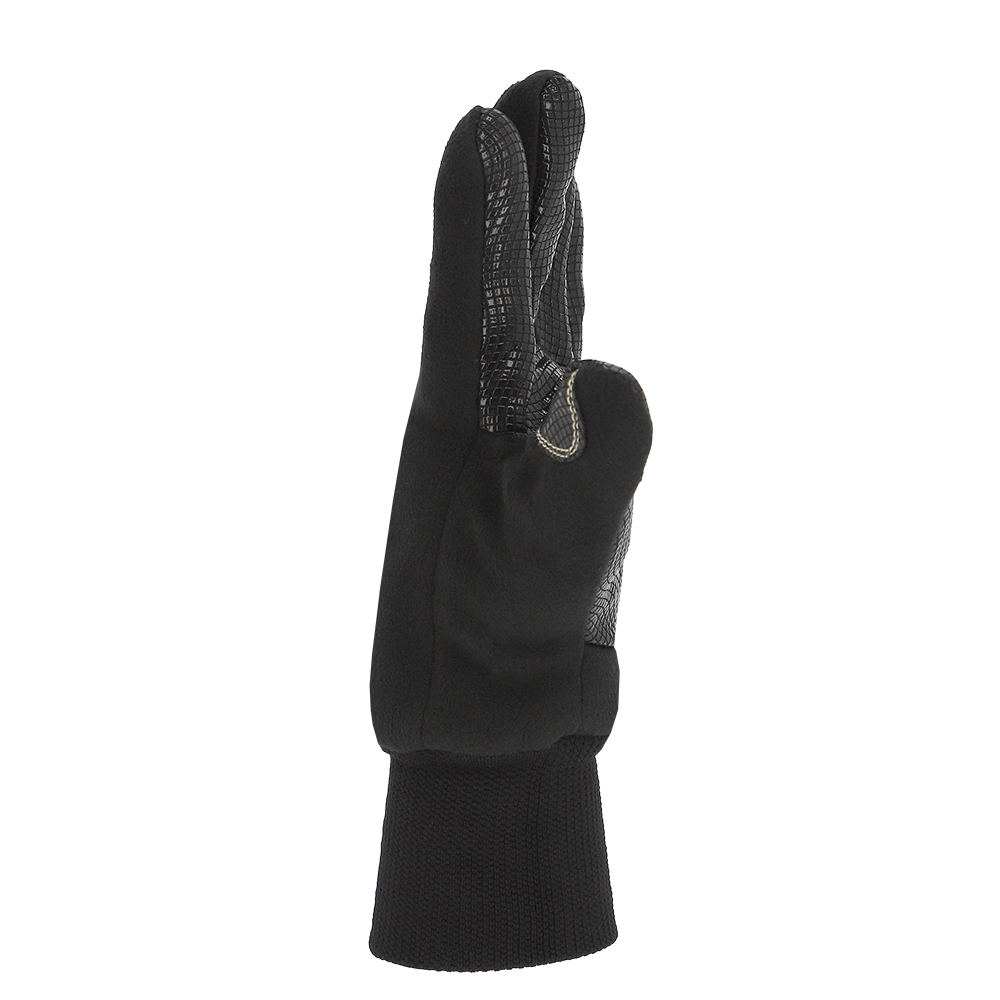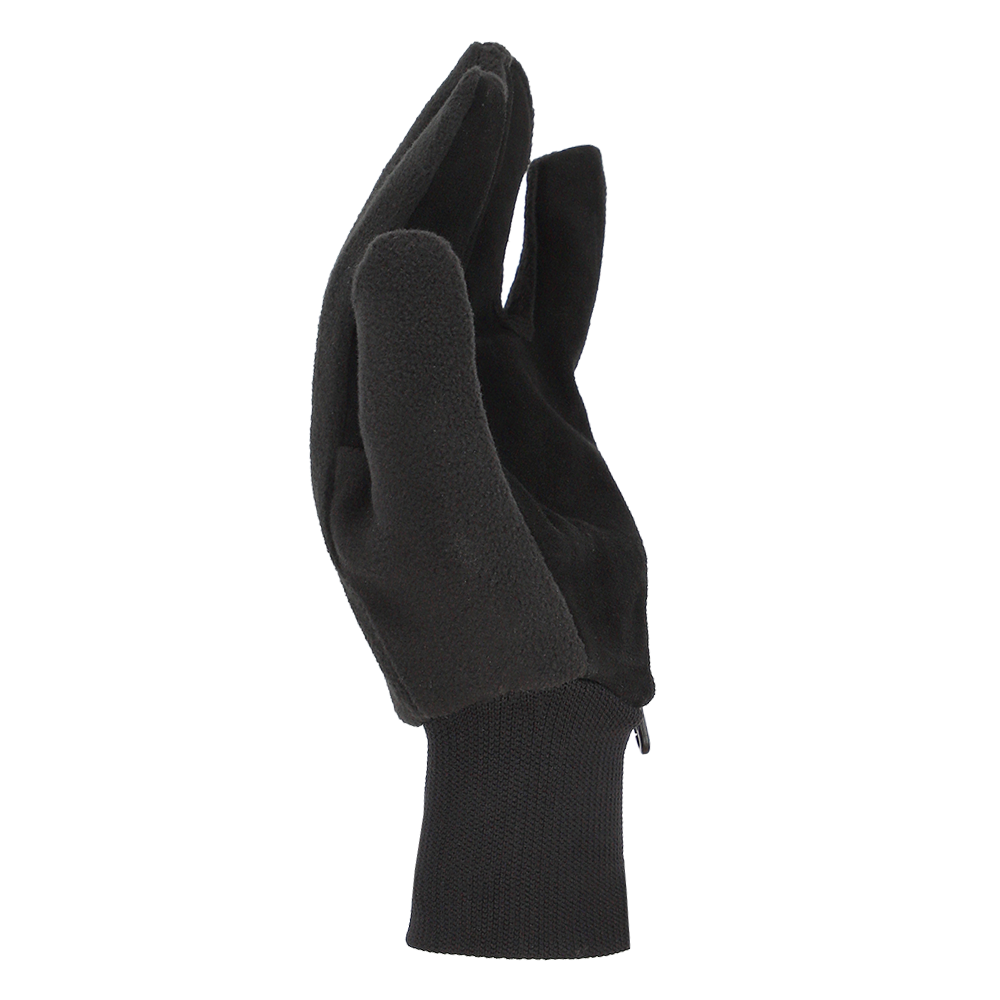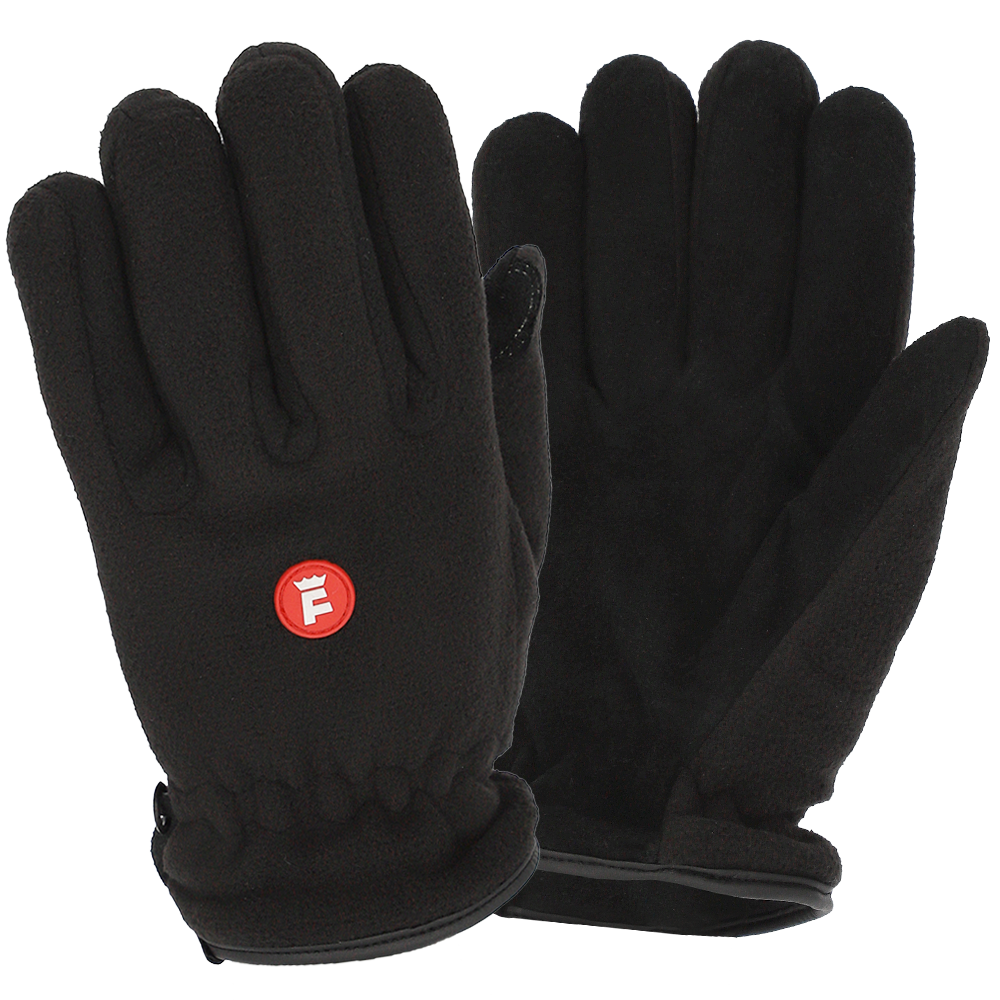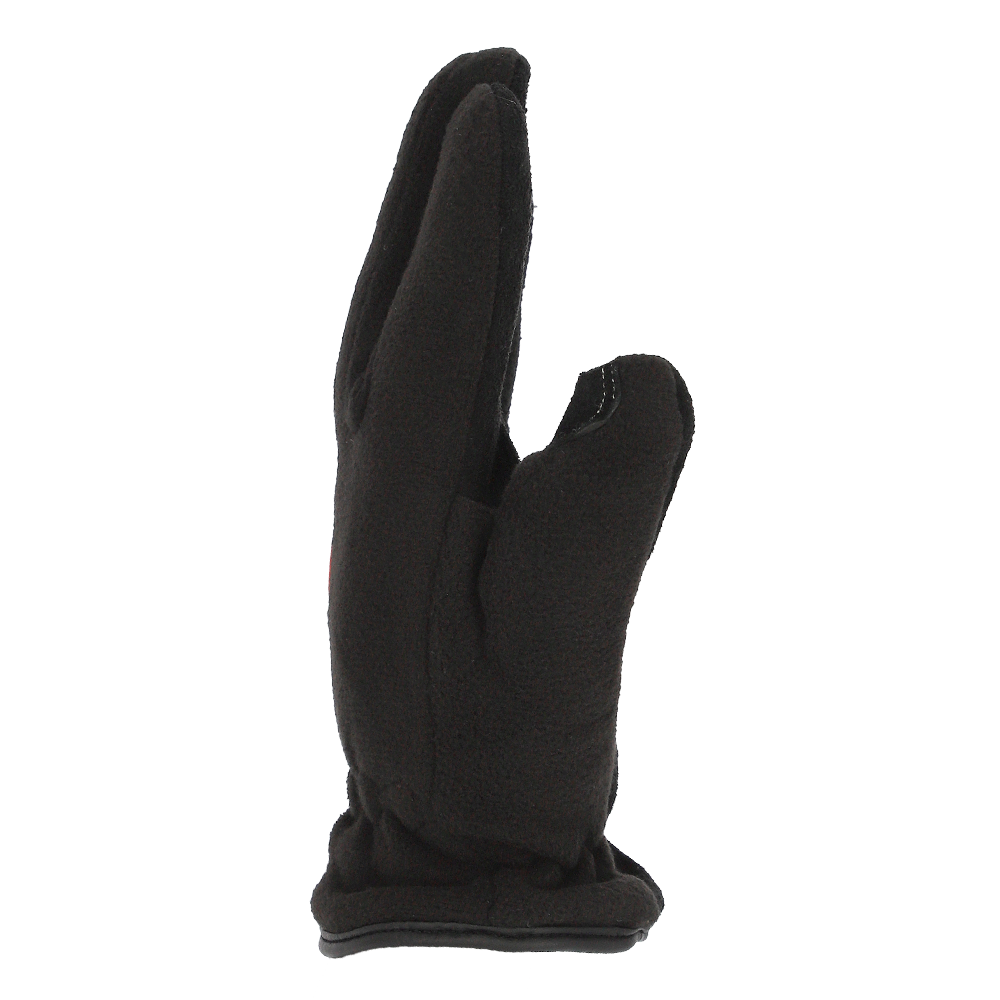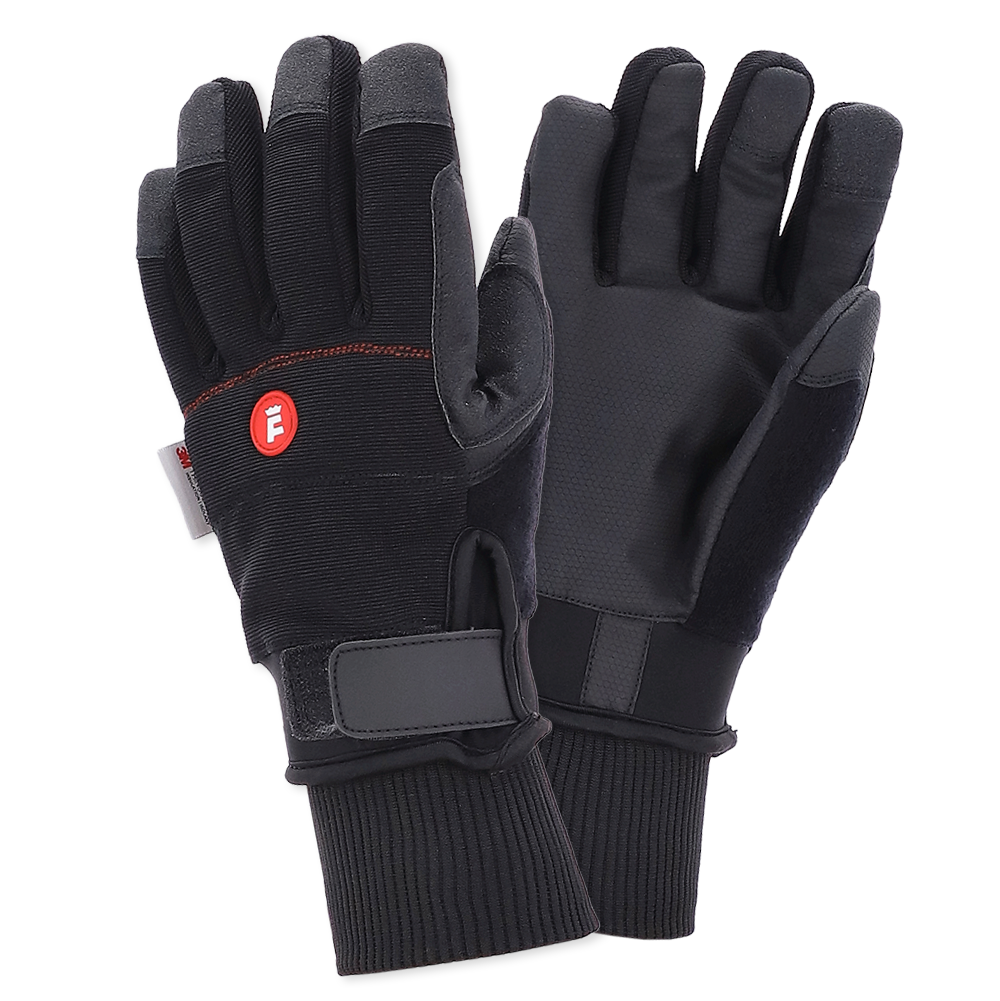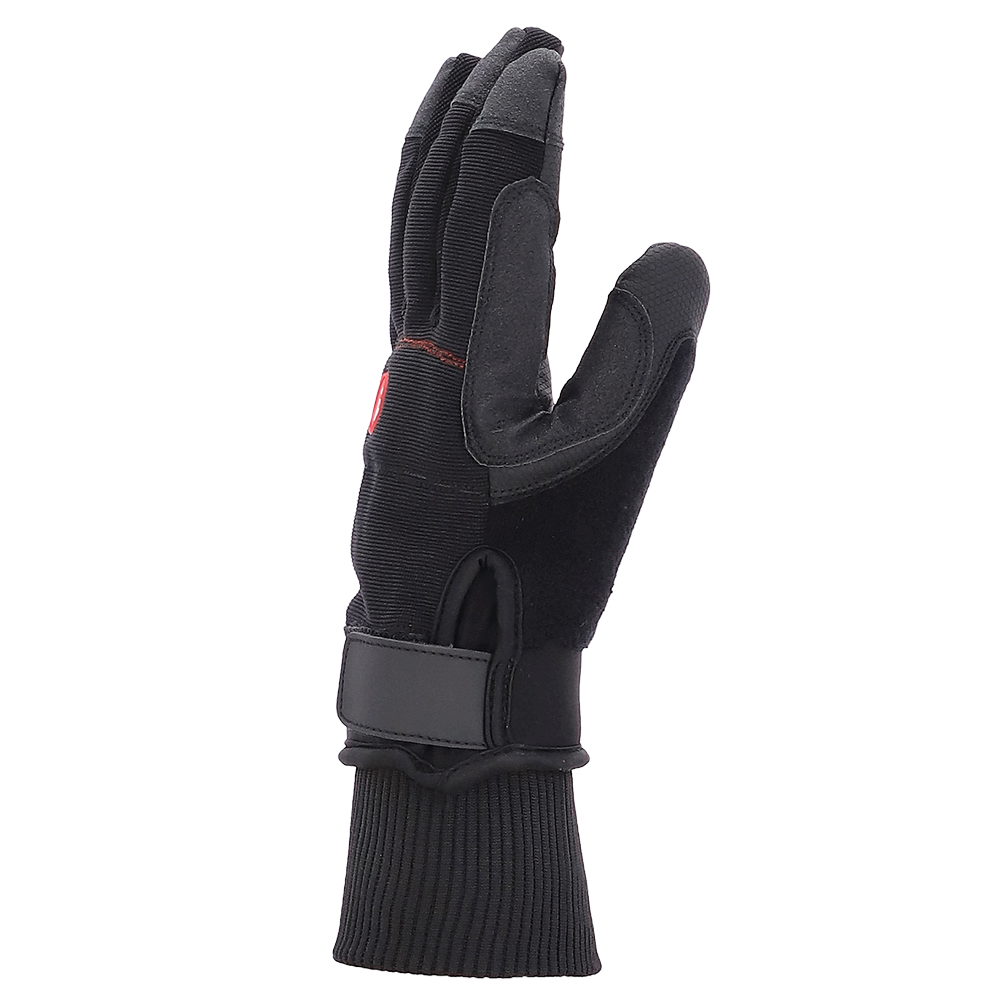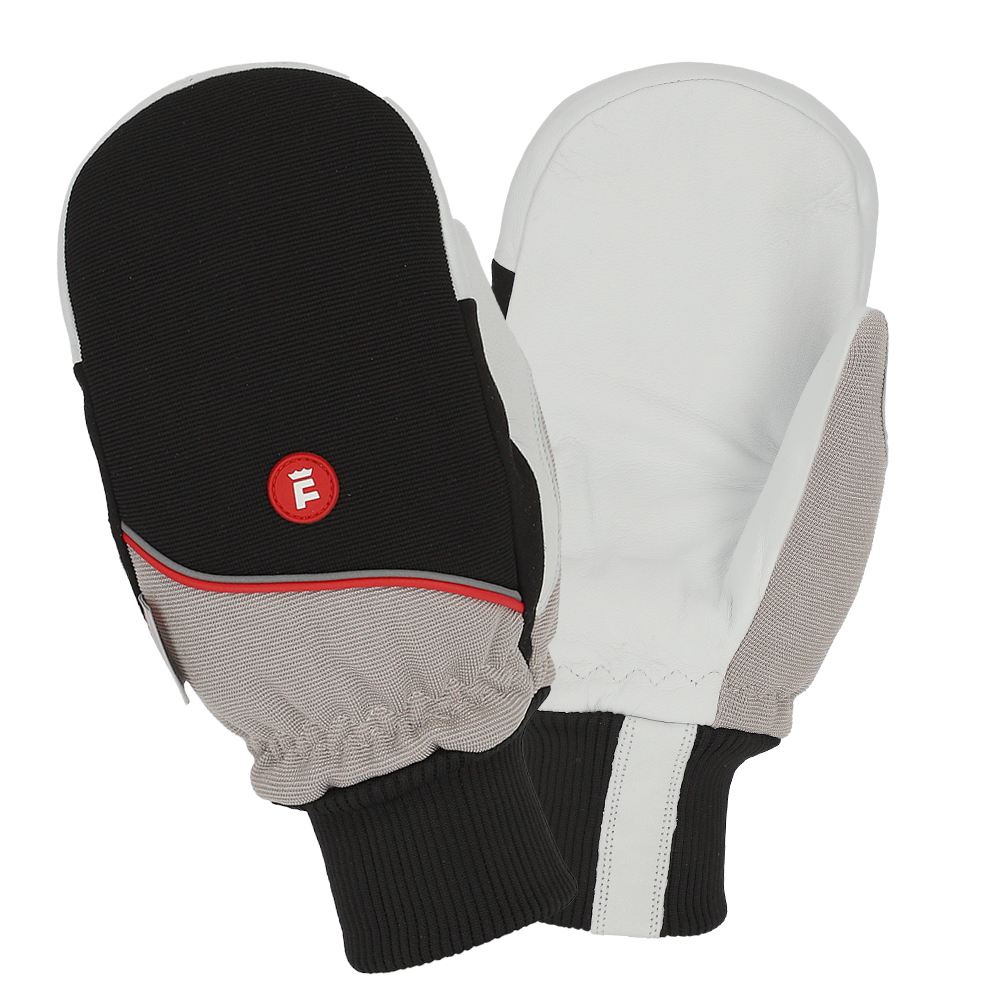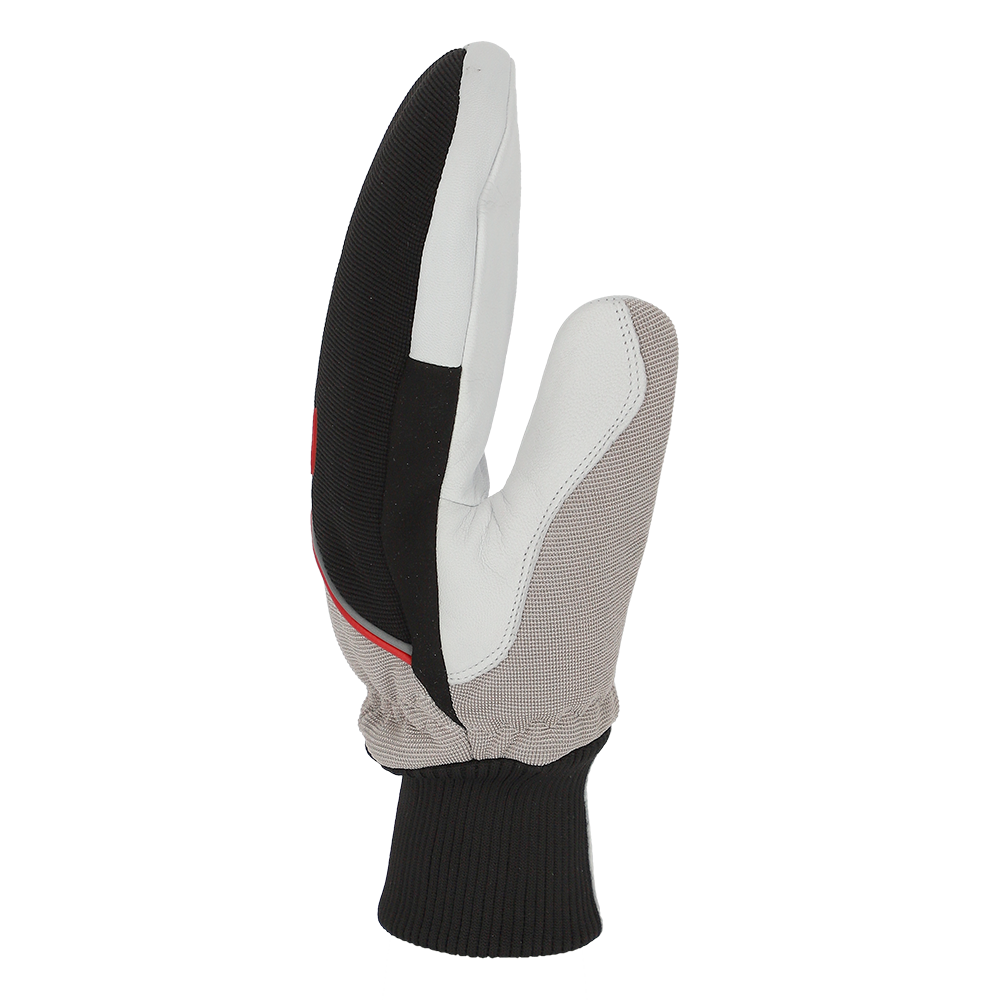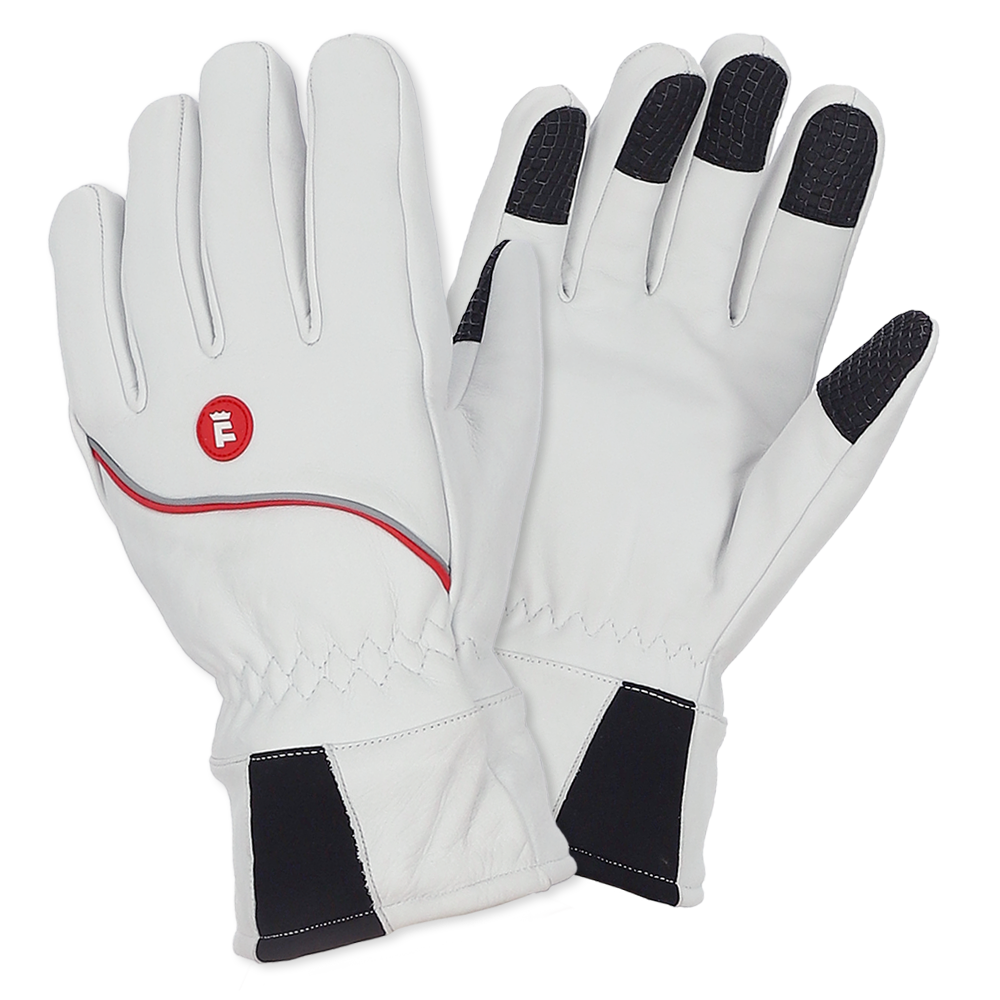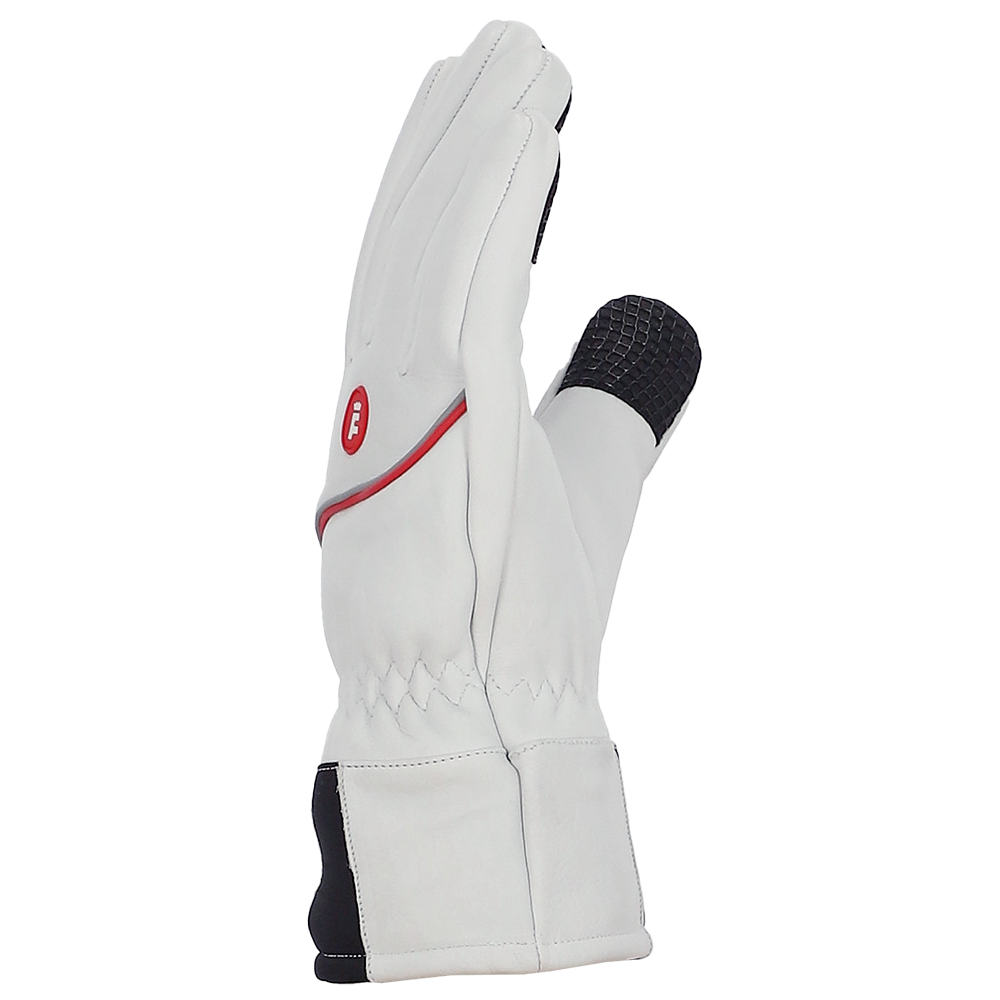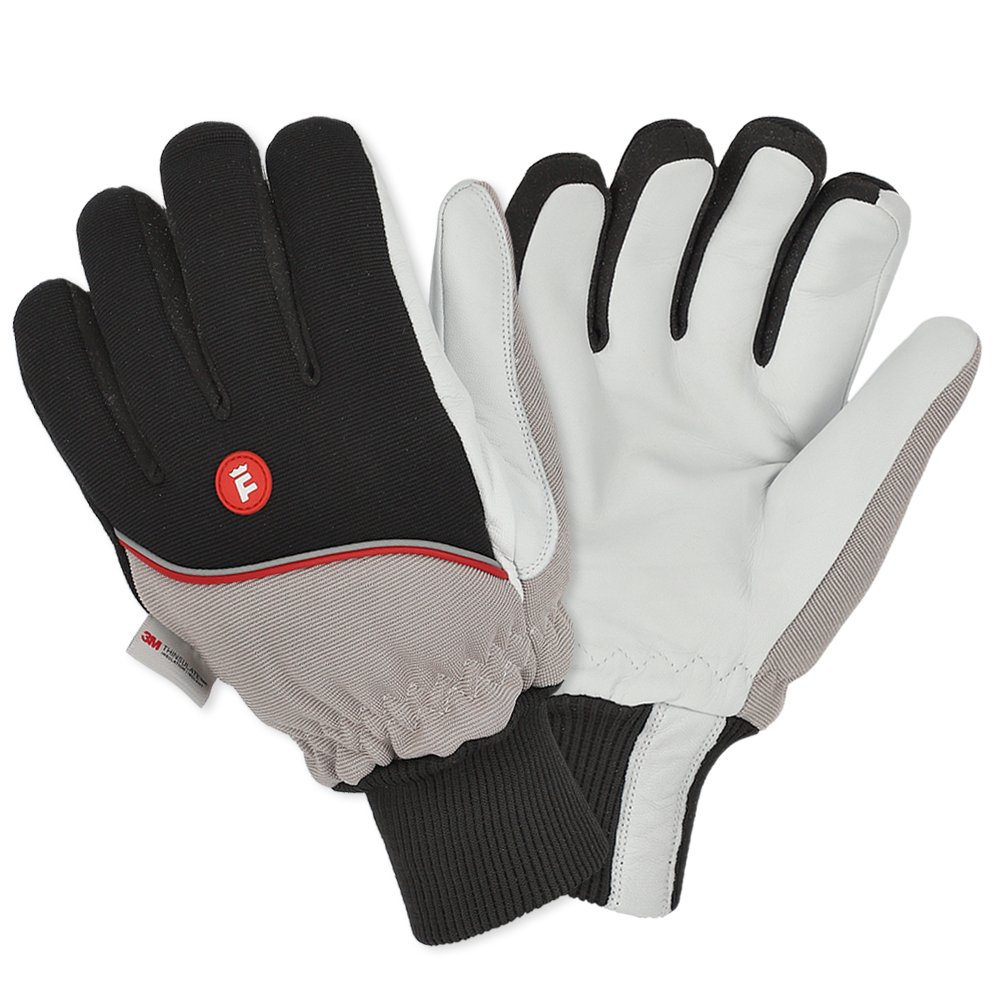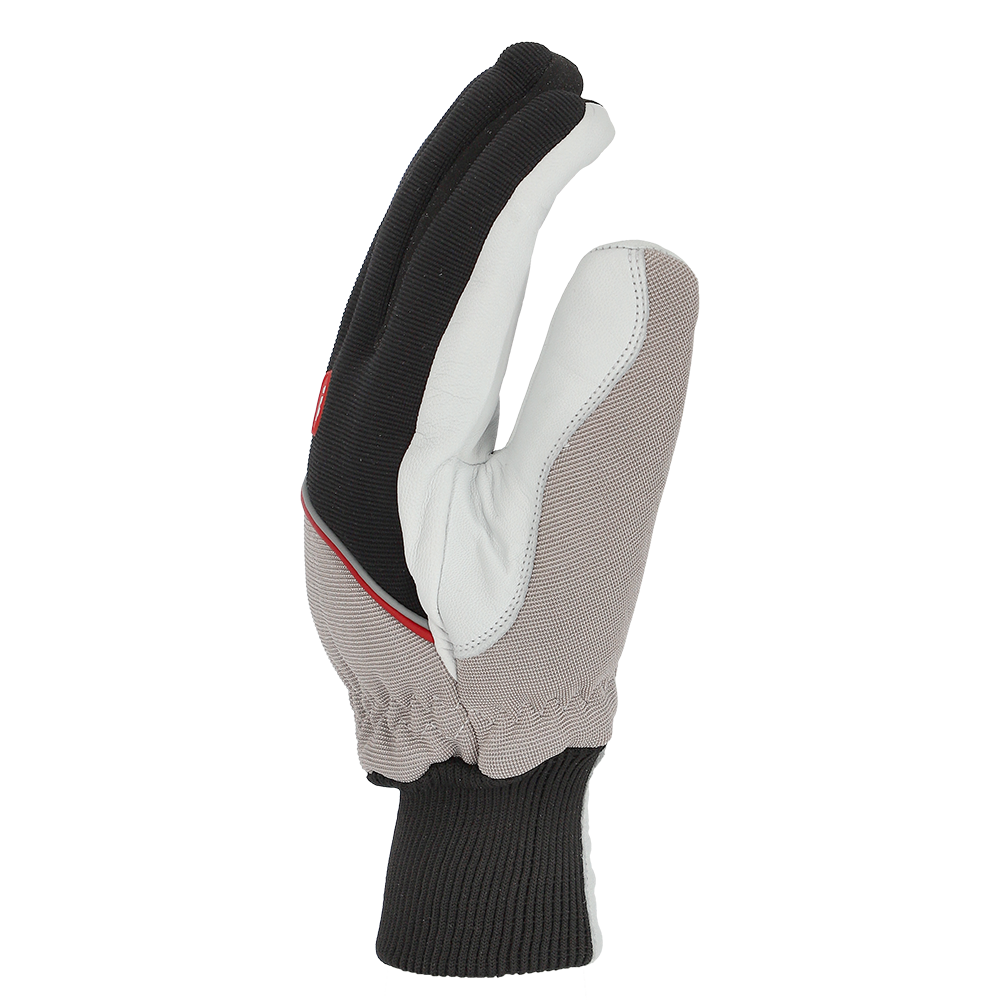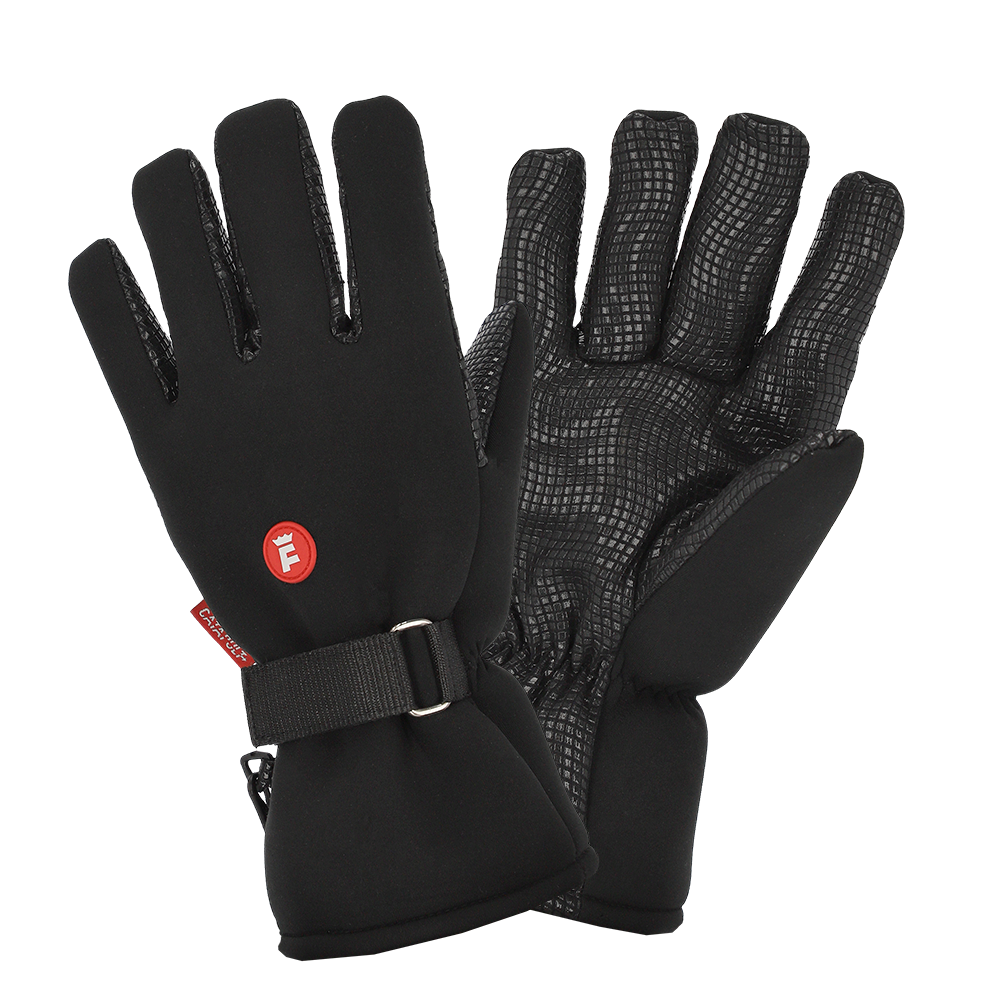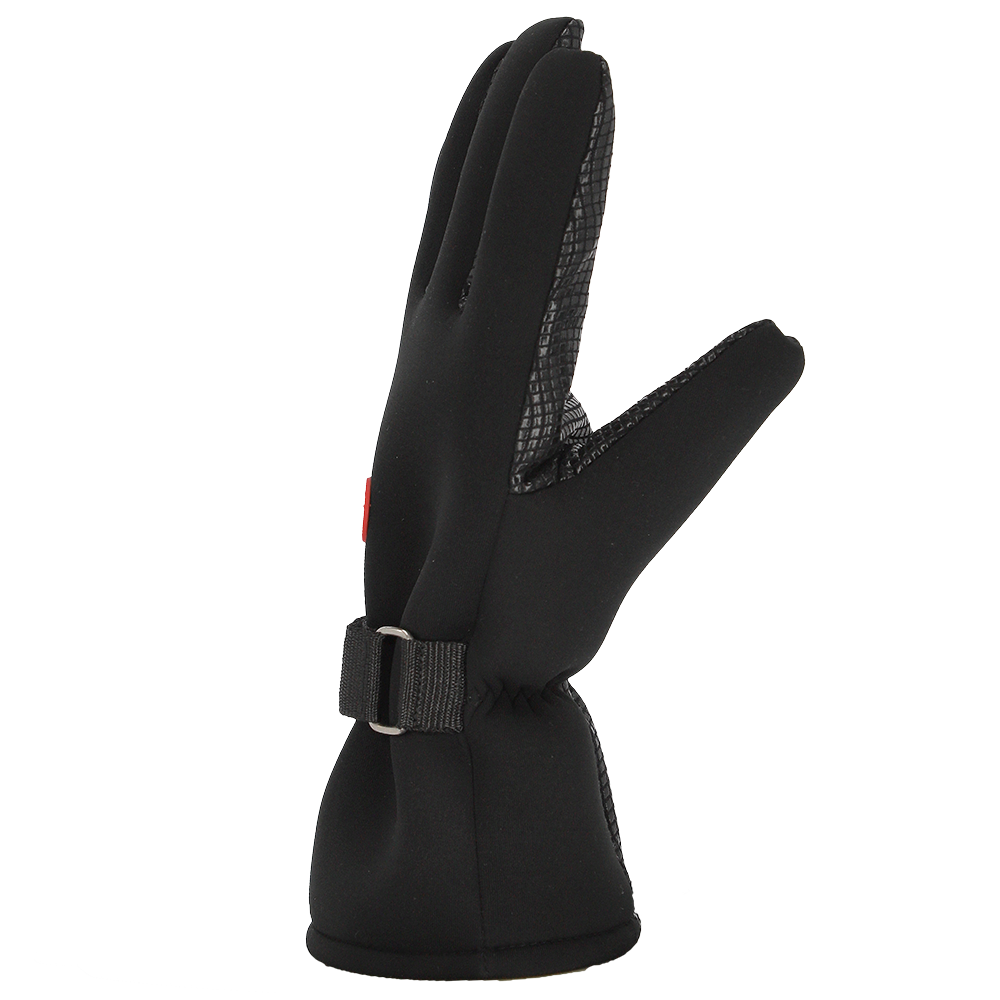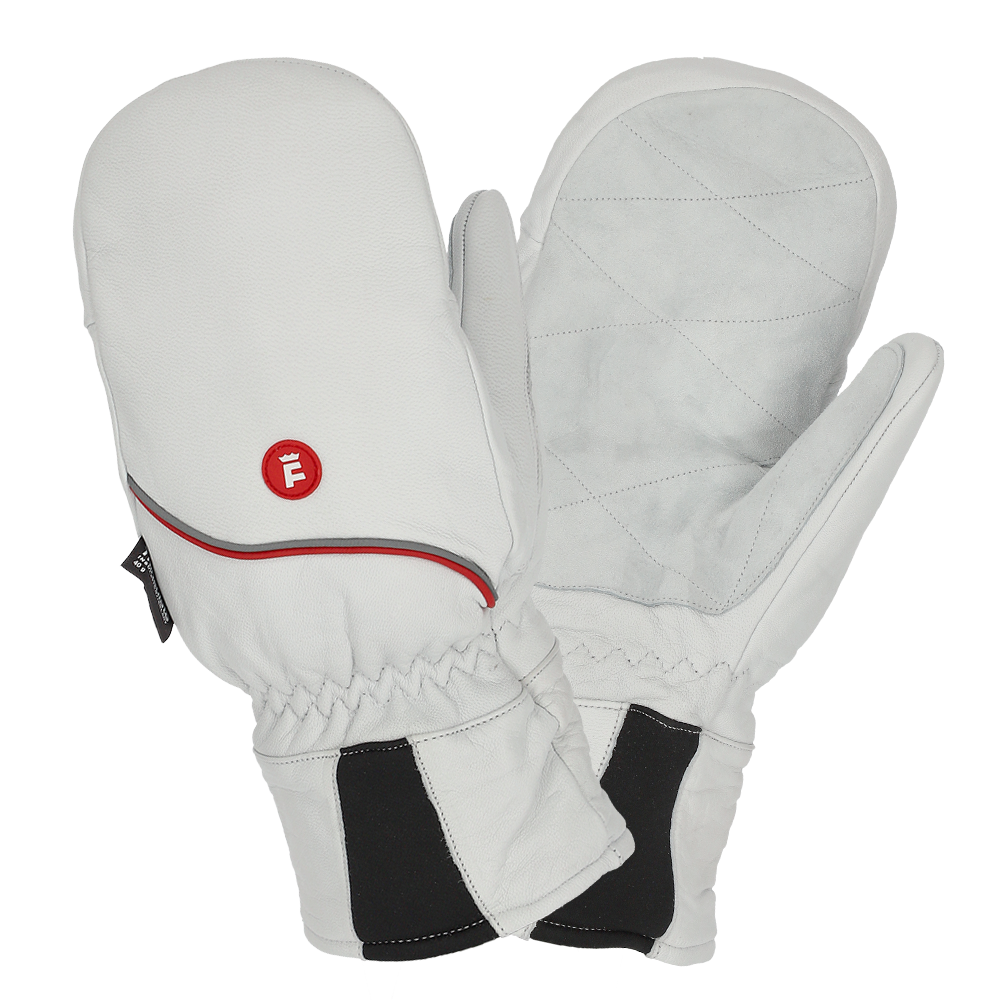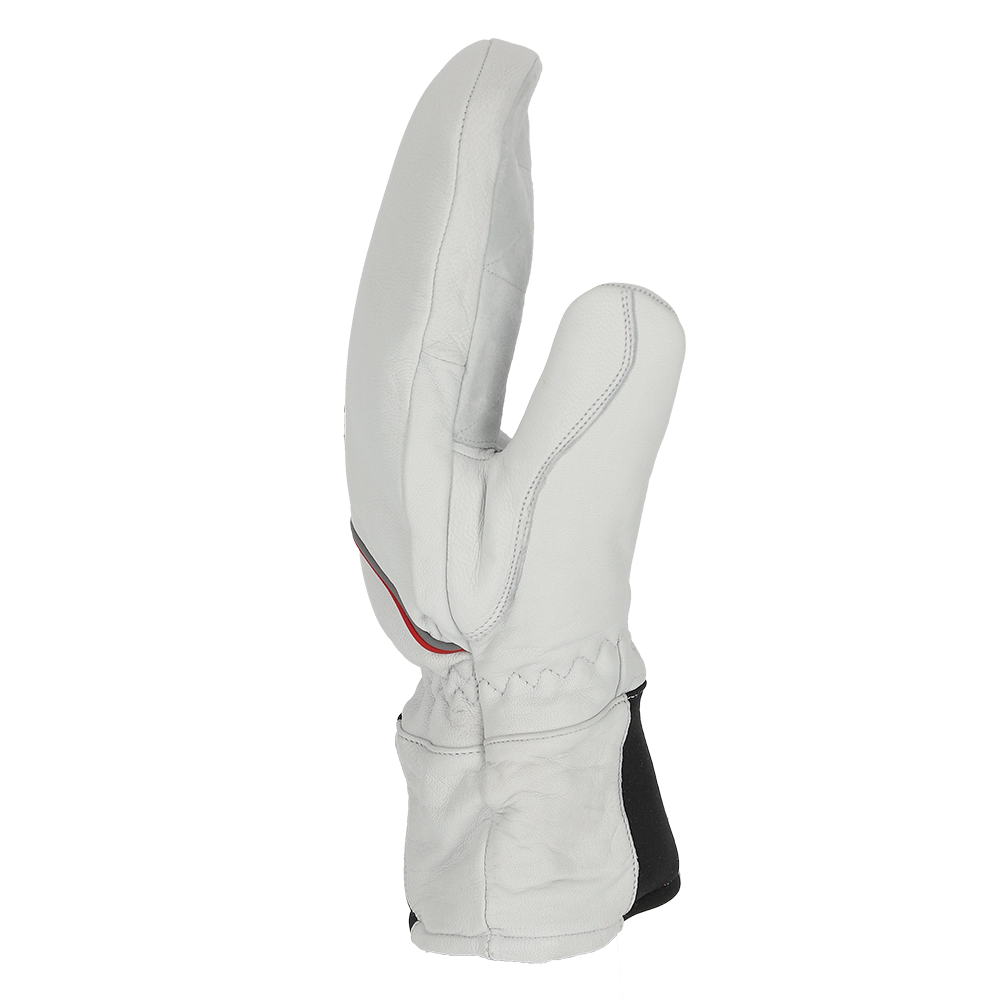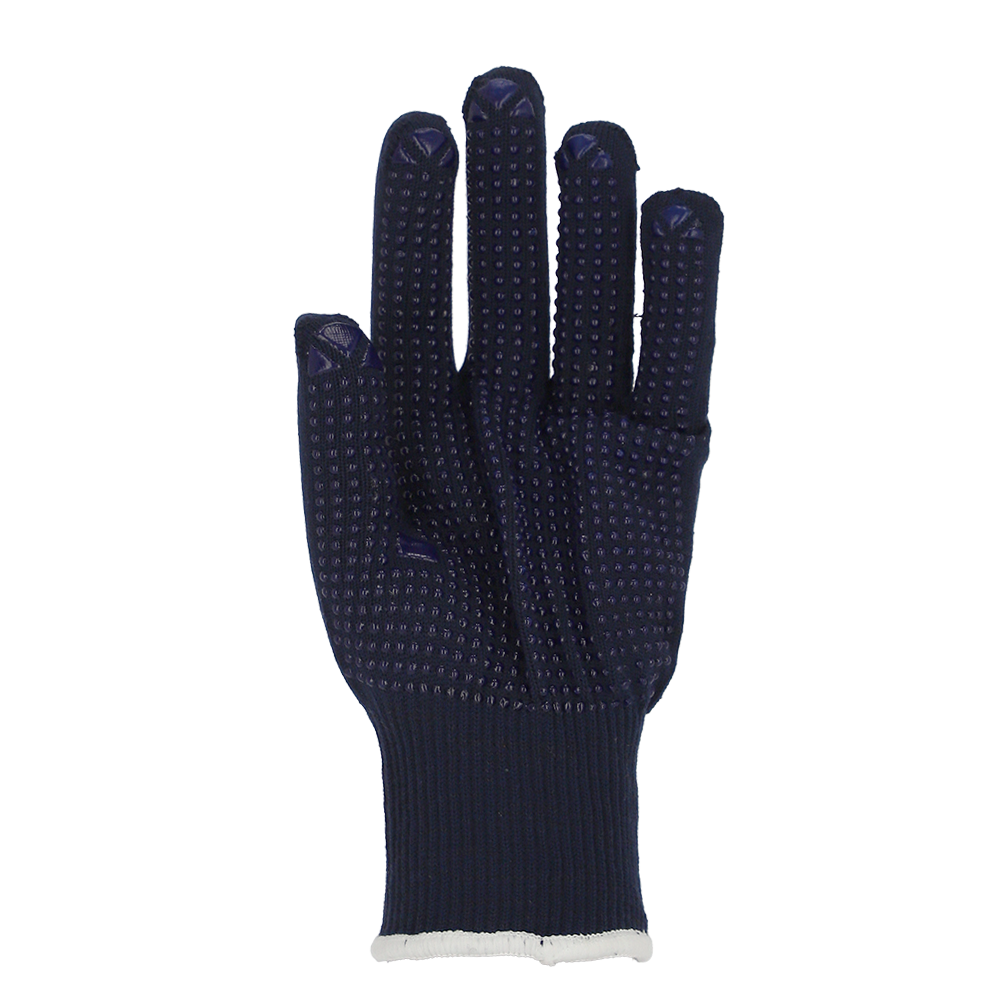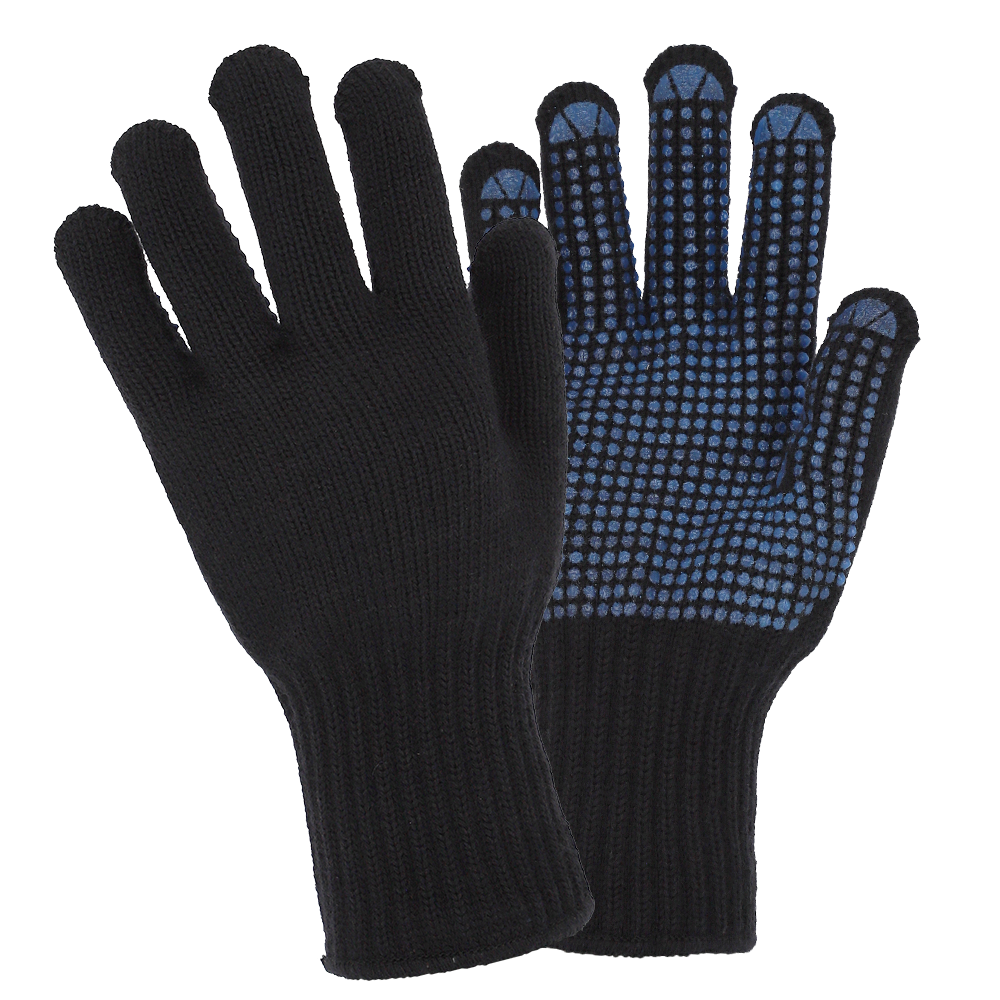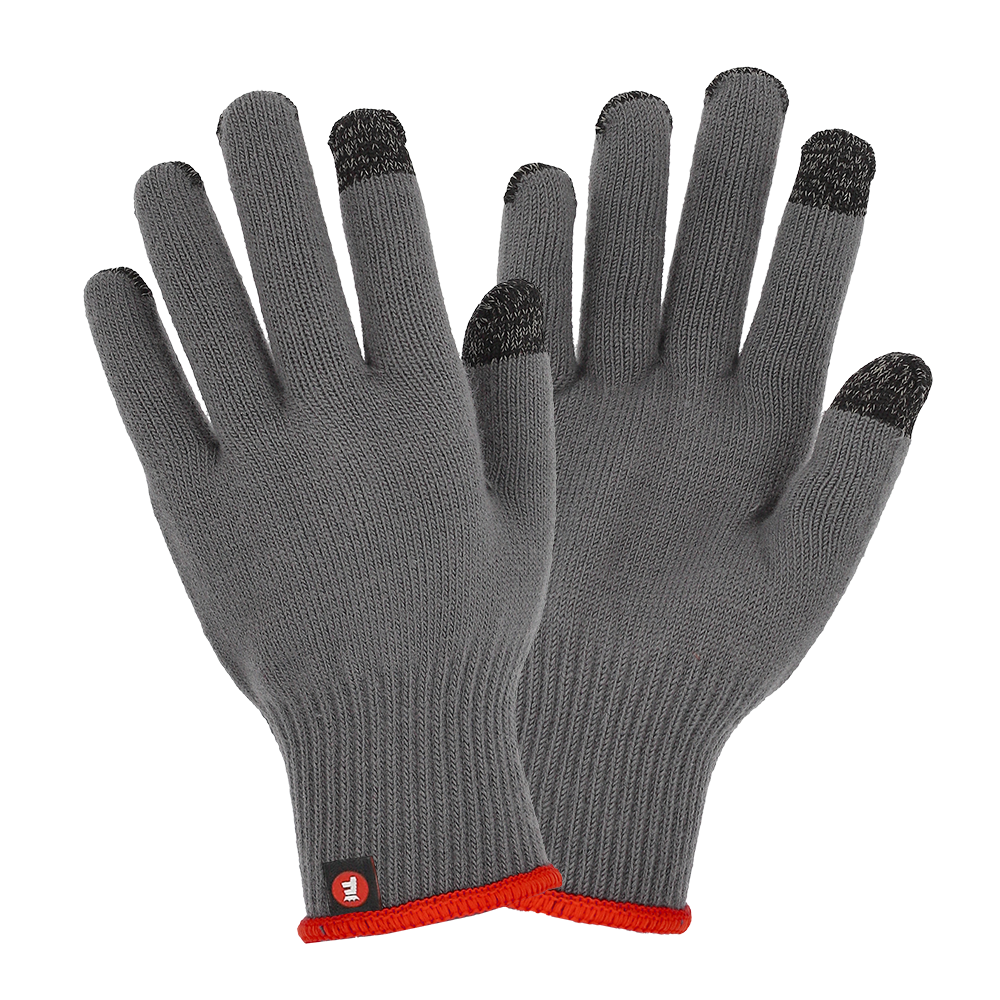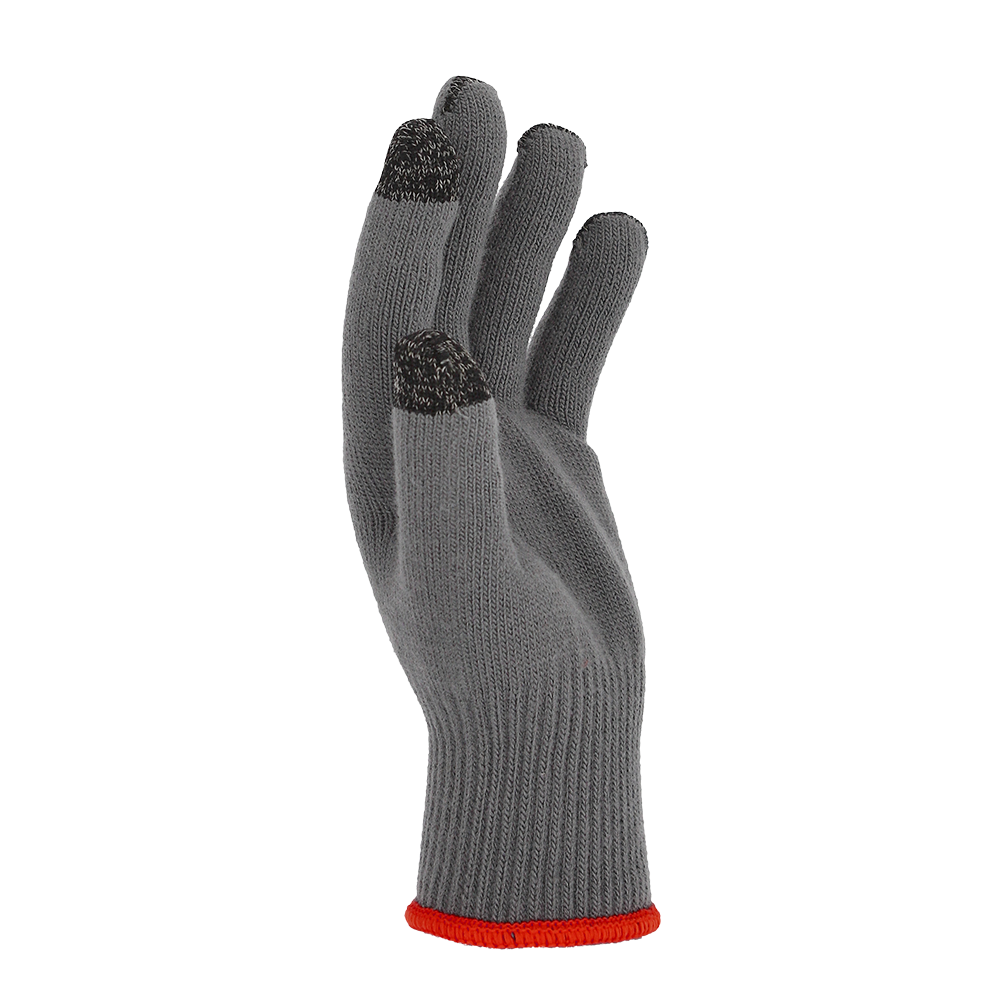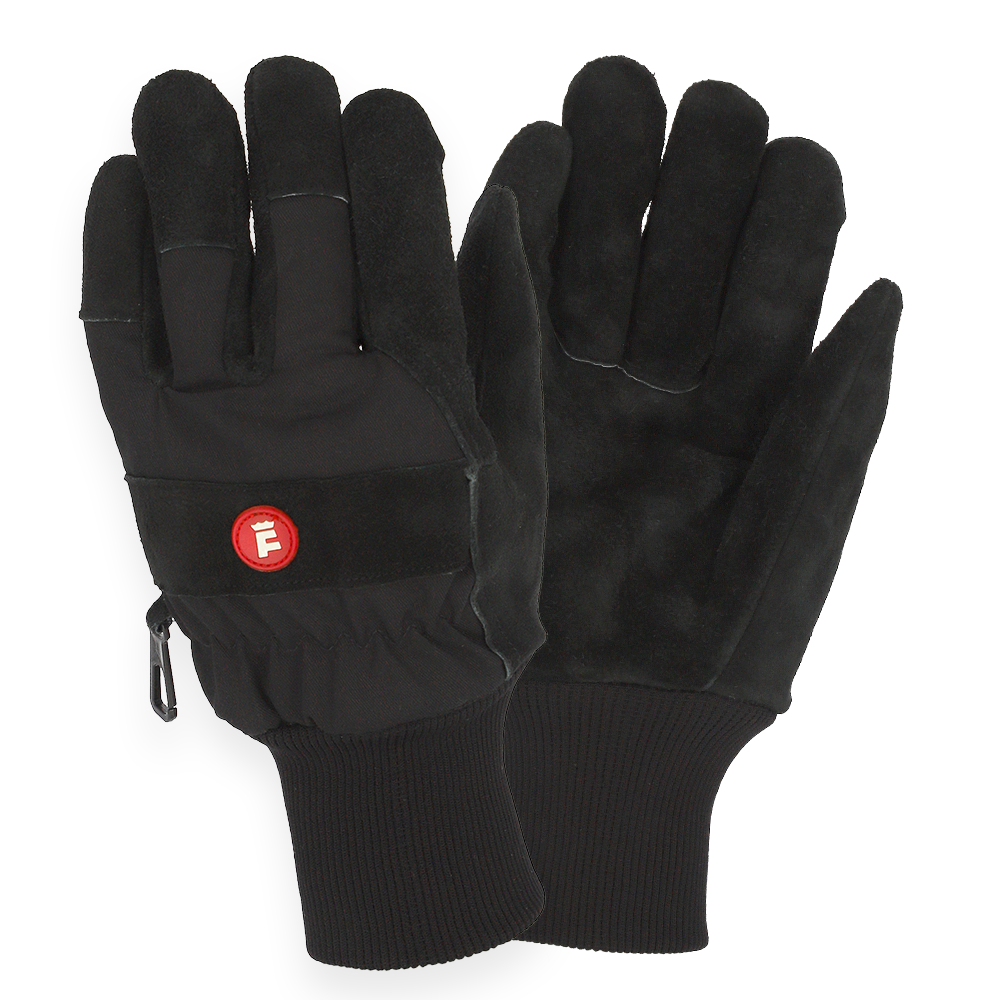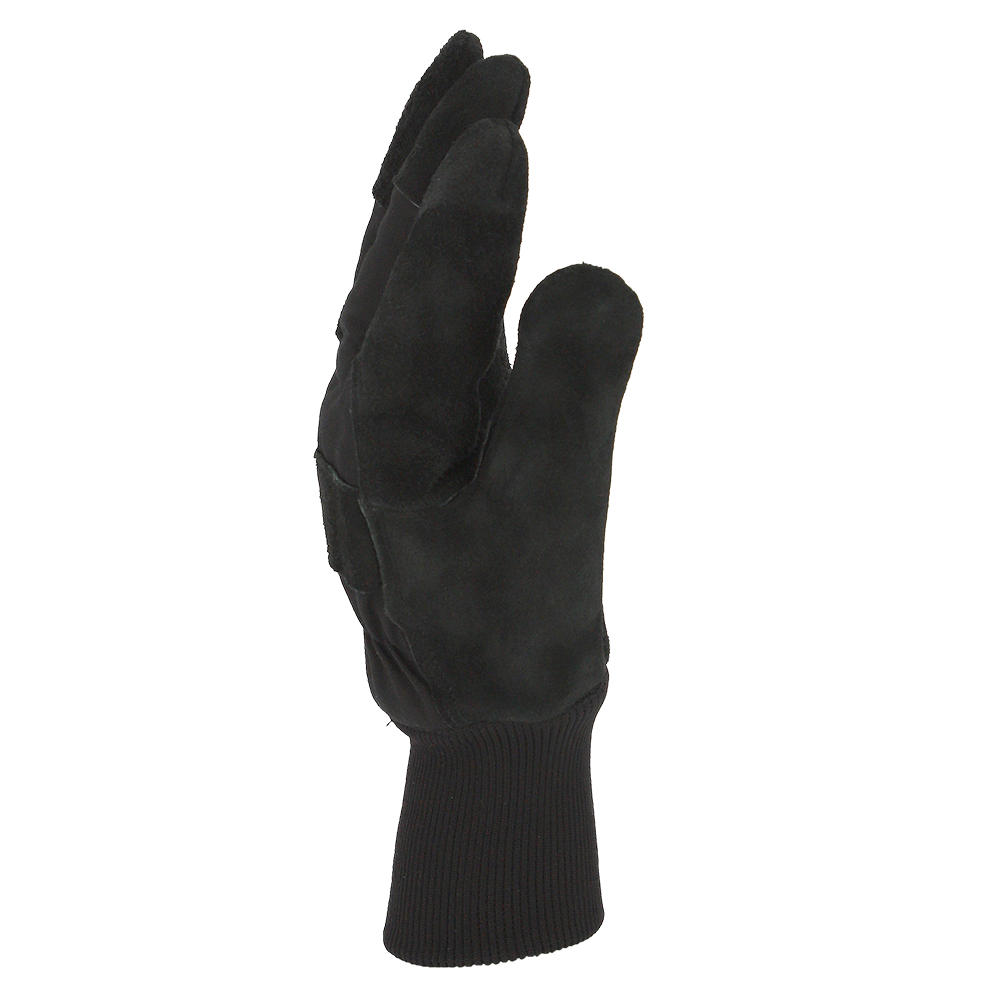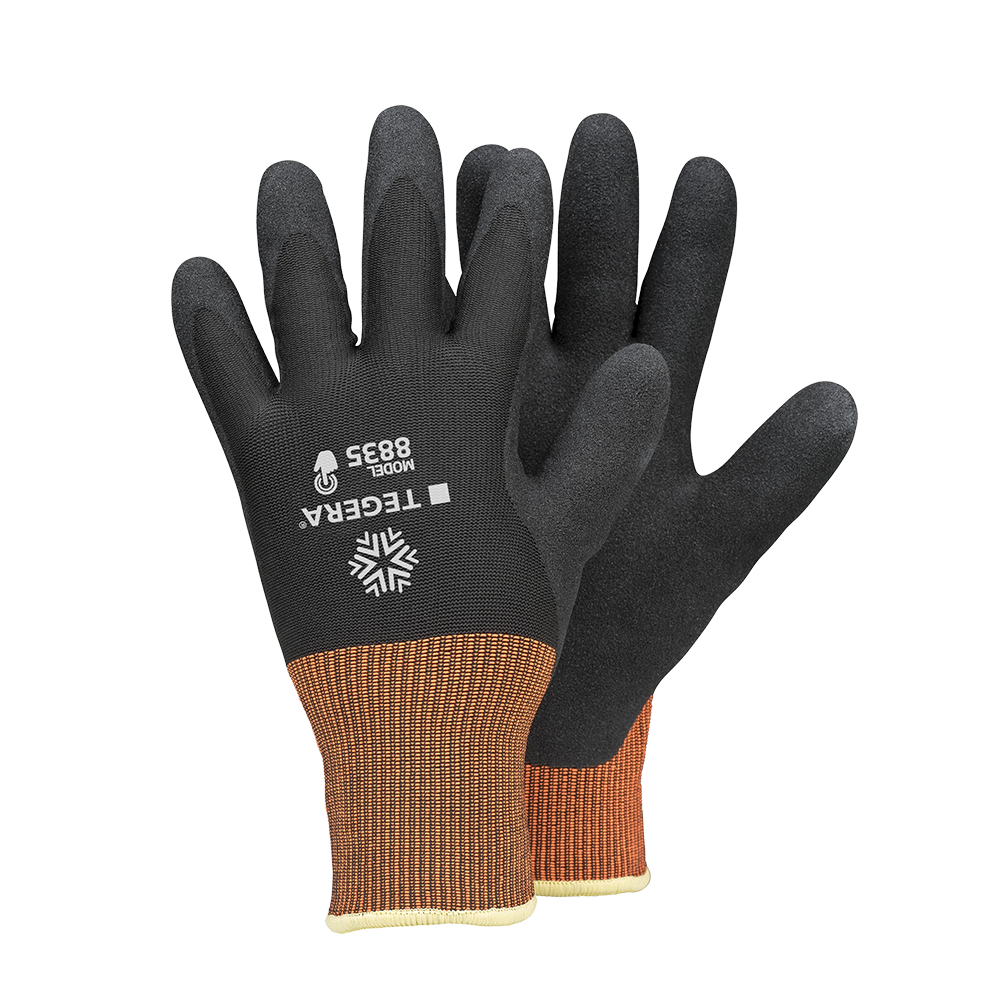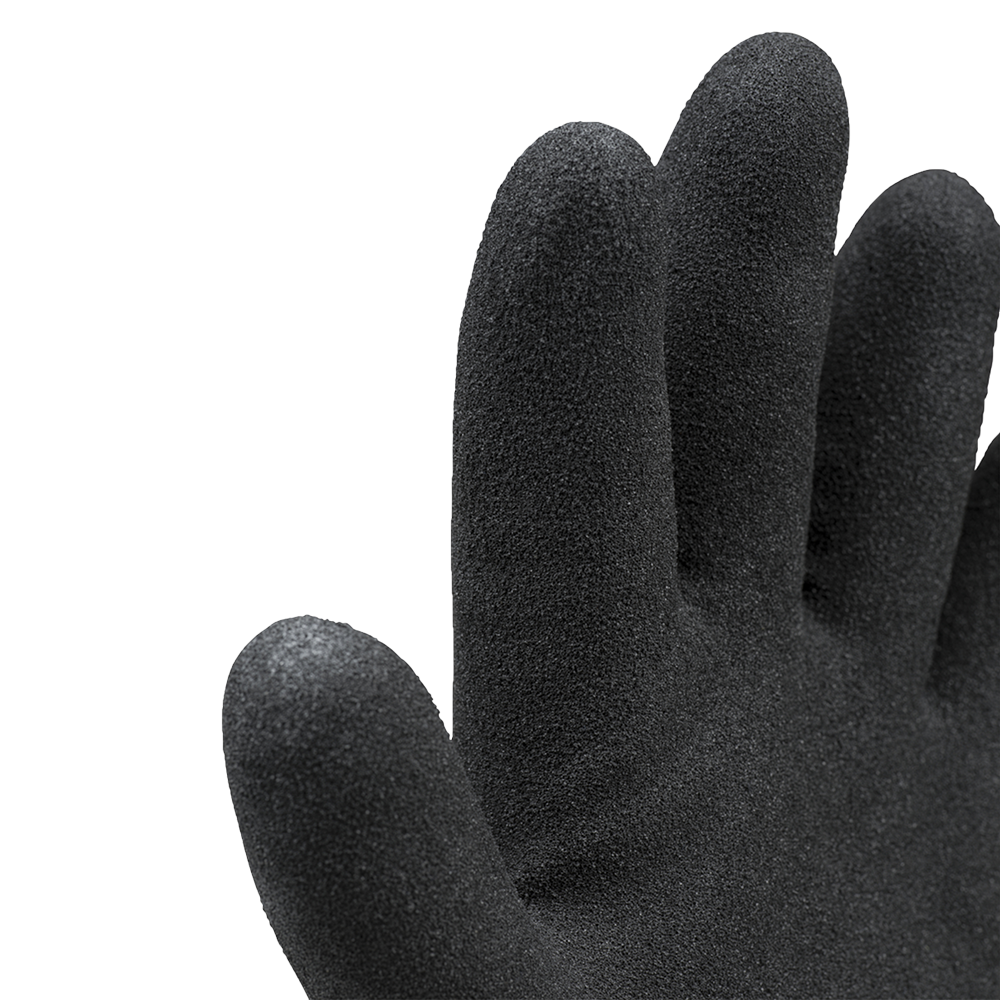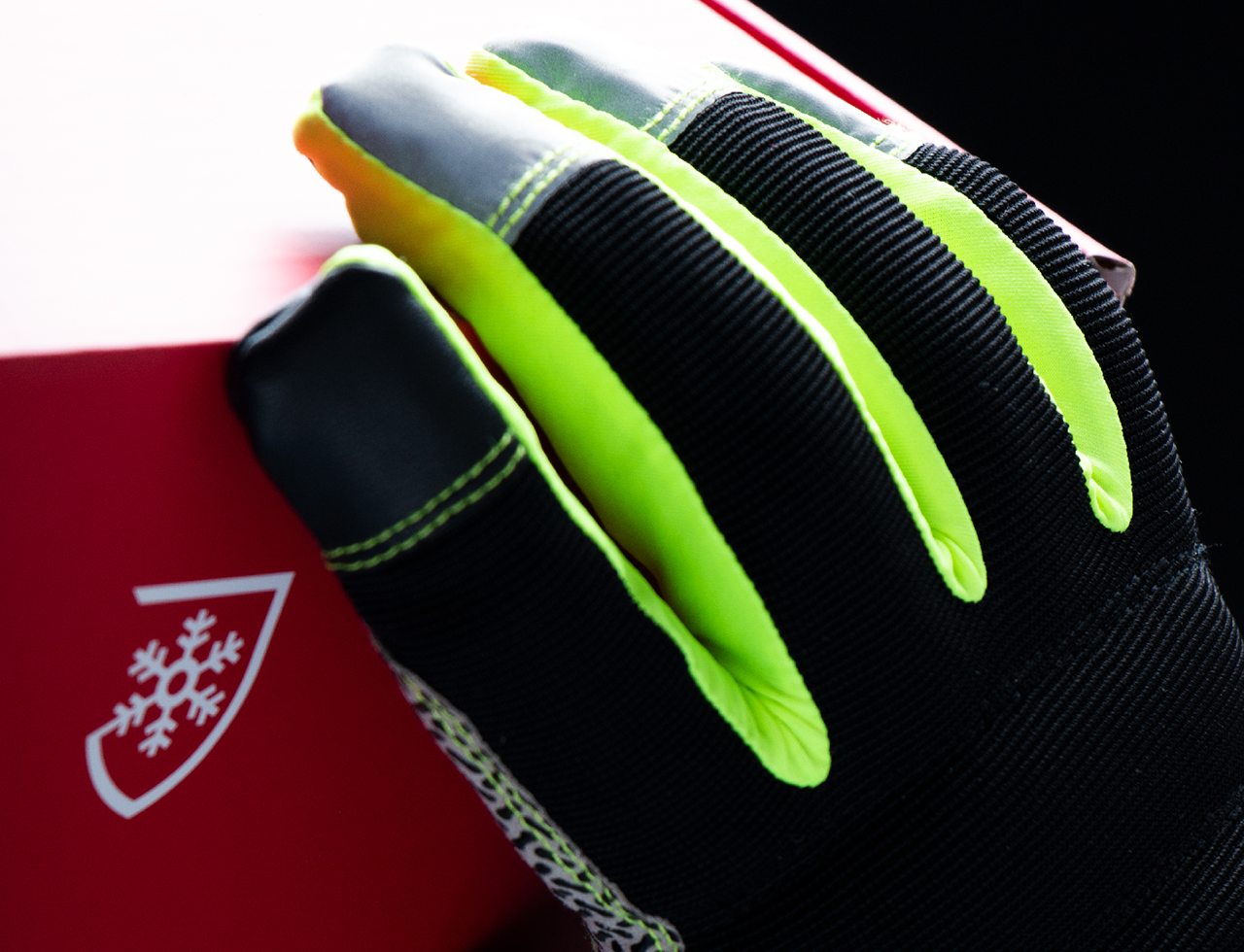


















Hand Protection for Working in any Condition.
The right work glove or cold protection glove is essential for work. Excellent insulation, robust and flexible. Discover a wide range of work gloves. Whether hard-wearing leather, rubber, plastic or fabric gloves: here you will find the right and optimal protection for your hands. We offer a wide range of certified and robust work gloves for fleets, cold stores, warehouses and more.
Is the wearing of hand protection obligatory?
There are no food regulations that generally require liquid-tight gloves to be worn. The Food Hygiene Regulations merely state that people working in an area where food is handled must maintain a high level of personal cleanliness.
A necessity for wearing liquid-tight protective gloves is required in occupational medicine when working with cleaning and disinfecting agents as well as chemicals and when working with simple cleaning agents.
DIN EN 21420 - General requirements and testing procedures
The EN 21420 standard specifies the relevant test methods to be used for all protective gloves and the general requirements on design principles, glove assemblies, resistance of the glove material to water penetration, harmlessness, comfort and performance, as well as the labelling to be carried out by the manufacturer and information to be provided by the manufacturer.
DIN EN 420
This standard specifies the relevant test methods to be used for all protective gloves and the general requirements for design principles, glove manufacture, resistance of the glove material to water penetration, harmlessness, comfort and performance, as well as the labelling to be carried out by the manufacturer and information to be provided by the manufacturer.
DIN EN 511:2006
DIN EN 511 specifies the requirements for protective gloves that protect against cold. This standard describes the minimum requirements for thermal conductivity, thermal conductivity when cold, breathability, waterproofness, abrasion resistance and ageing resistance.
EN 511 ensures that protective gloves protect effectively in extreme cold conditions and protect the wearer from injuries caused by hypothermia. The choice of a protective glove for use in cold conditions should be based on EN 511 to ensure that it meets the requirements and adequately protects the user.
DIN EN 388: 2019
EN 388 explains the test procedures to make all PPE category II and III protective gloves (protection against medium and irreversible/lethal risks) comparable with each other in terms of their mechanical performance. When choosing between glove A and glove B, the user should be able to identify which of the two gloves is more suitable for his intended use.
For EN 388, every glove must pass the basic requirements for a protective glove. This is all stated in EN 420. When assessing mechanical protective gloves, the focus is placed on 6 properties: Abrasion resistance, cut resistance according to conventional methods, tear resistance, puncture resistance, cut resistance according to new methods and protection against impacts.
DIN EN 374
This European standard DIN EN 374 specifies the requirements for gloves protecting the user against chemicals and/or microorganisms and defines the applicable terms. This standard applies in conjunction with EN 420 and does not specify requirements against any mechanical stress.



